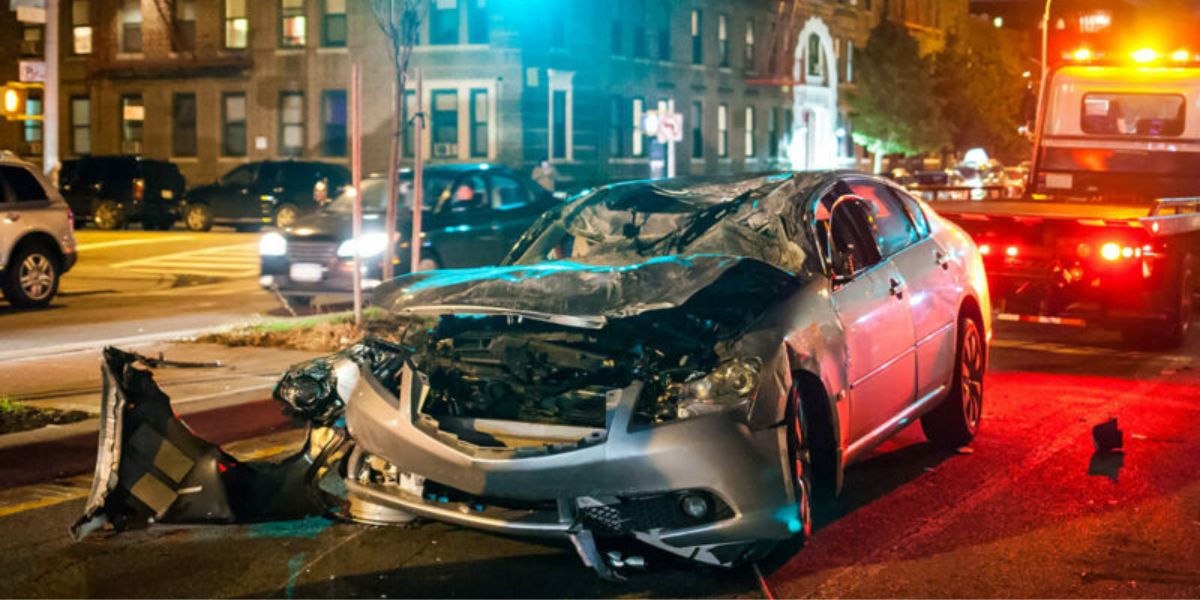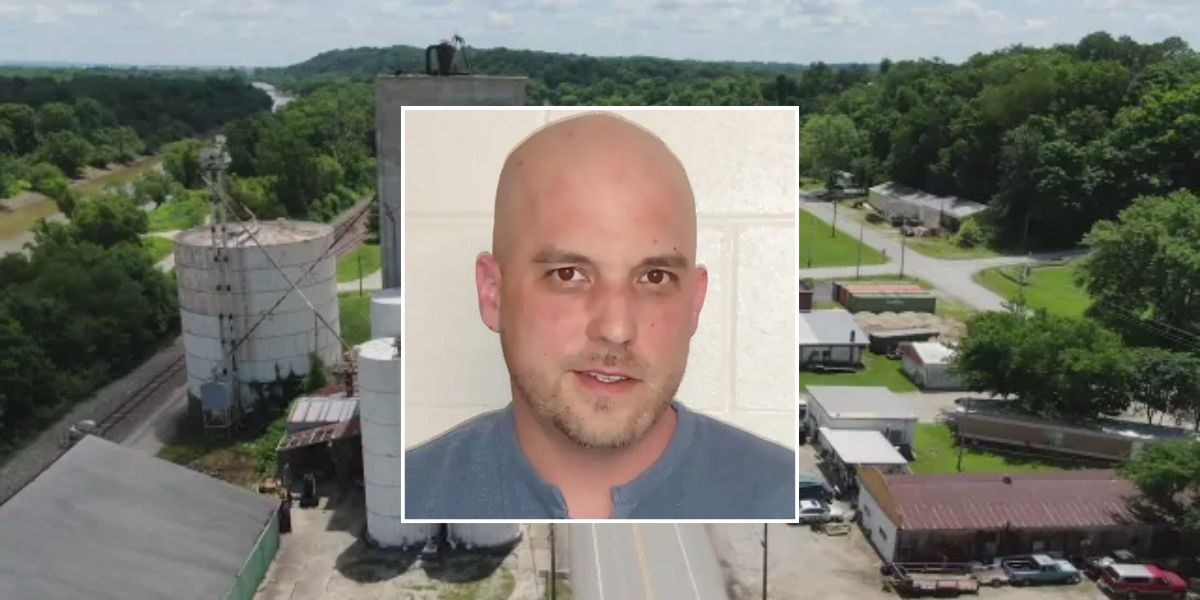Millions of New Yorkers travel by car every day, whether it’s for work, errands, or just getting from one place to another.
Even though these highways link the thriving neighborhoods throughout the Empire State, some of their sections have a renowned reputation as being the most hazardous in New York.
NYC’s Most Hazardous Roads and Crossroads
The congested metropolitan environment of New York City poses particular difficulties for bikers, pedestrians, and automobiles. With five boroughs and more than 6,000 kilometers of streets, some roads and crossings have become notorious for their high accident rates and dangerous circumstances.
These places, which range from crowded Manhattan avenues to swift outer-borough highways, require increased awareness from everyone who passes by.
The following streets and intersections routinely rank among the city’s deadliest due to traffic patterns, design problems, and collision data.
Upper Broadway (Manhattan)
The Upper Broadway corridor presents a perfect storm of difficult circumstances, especially between 155th and 178th Streets.
This route is especially dangerous due to its narrow lanes, frequent double parking, and delivery vehicles vying for space. All users of the road must exercise extra caution due to the combination of cycling, pedestrians, and cars in this crowded area.
The George Washington Bridge Approach (Manhattan/New Jersey)
Among the deadliest roads in New York are the approaches to the George Washington Bridge on the Manhattan and New Jersey sides.
An atmosphere that is conducive to crashes is created by merging traffic, lane changes, and the need to move swiftly through tolls.
The bridge’s intersection with the Cross Bronx Expressway creates a well-known bottleneck where car accidents happen much too frequently.
Atlantic Avenue (Brooklyn)
Drivers are tempted to go beyond speed limits on Atlantic Avenue because of its length and width, especially during off-peak hours.
All users of the route have difficulties due to the combination of high traffic, pedestrians, and public transportation. Because of the corridor’s mix of residential and commercial uses, traffic patterns can fluctuate significantly throughout the day.
Queens Boulevard (Queens)
In the past few years, Queens Boulevard—once referred to as the “Boulevard of Death”—has become safer. Nonetheless, it continues to rank among New York City’s most hazardous roadways.
Speeding is encouraged by the large, multilane roadway, and drivers who are not familiar with the area are confused by the many crossroads with intricate traffic light systems.
Read Also: 5 Pasadena Neighborhoods with the fastest-growing home prices
Canal Street (Manhattan)
Some of Manhattan’s most crowded and accident-prone sections are created by Canal Street’s crossing with many main thoroughfares.
Vehicles, pedestrians, and cyclists converge from many directions at the chaotic intersections formed by the intersections of Broadway, Bowery, and other streets.
Collisions are likely to occur frequently when you factor in the high volume of foot traffic from shopping areas and subway exits.
Belt Parkway (Brooklyn/Queens)
Narrow lanes, little shoulders, and troublesome entrance and exit ramps are some of the antiquated design aspects of this important thoroughfare along the Brooklyn and Queens coastline.
The Belt Parkway is especially hazardous in bad weather because of its winding sections and fast speeds, which cause visibility to drop and the roads to become slick.
Statistics of Auto Accidents in New York City in 2025
According to traffic data, New York City saw 41 traffic fatalities in the first three months of 2025. Even while this is a historic low in comparison to earlier decades, which is evidence of the city’s Vision Zero efforts, the figure is still extremely alarming.
The fact that each of these deaths was an avoidable tragedy emphasizes the continuous difficulties in making the city’s streets safer for everyone who uses them.
The high traffic volume and intricate crossings continue to produce circumstances where even small mistakes can result in major collisions, especially in the face of considerable infrastructure upgrades and enforcement initiatives.



